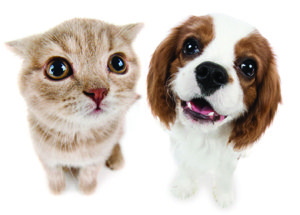 Do you love the sound of Meow or Woof?
Do you love the sound of Meow or Woof?
Recently while taking my two young granddaughters out to eat I was privileged to eavesdrop on their conversation. Allie, the youngest, stated that she was a dog person. She plans to have four dogs; one or two would be therapy or service dogs. Allie also loves horses, cats and all animals but she is a “self-identified” dog person. She looks at a dog and it’s an instant sibling-style connection. Her cousin, Laura, wasn’t sure if she is a cat person or a dog person. She loves her pet rats, and her other grandmother’s dog, Fritz. It takes a while for my cats to warm up to her but she likes them. She also loves horses. At this point I was included in the conversation. She stated emphatically “Grandma, you’re a cat person.” And I said, yes!
Later, reflecting on the conversation, I thought back to my pet experiences as a child. I was fortunate to have had dogs, cats, rabbits and birds as pets. I also had lots of opportunities to be around with cows, pigs, chickens, and goats. Yet cats hold a special spot in my heart. I describe myself as an animal/pet lover but I identify myself as a cat person – there is a special connection.
Researchers are beginning to study the connection between personality and pet preference. There is increasing evidence suggesting that there are distinct personality differences between cat people and dog people. One study, Gosling-Potter Internet Personality Project, led by psychologist Samuel Gosling, University of Texas at Austin included about 4,500 participants who answered questions using the Big Five model to assess personality. The areas are:
Extraversion – talkative, energetic, assertive
Agreeableness – sympathetic, kind, affectionate
Conscientiousness – organized, thorough
Neuroticism – tense, moody, anxious
Openness – having wide interests, being imaginative
The volunteers in this study completed the personality test first and then self-identified themselves as a cat person, a dog person, both, or neither. The results: 46% dog people; 12% cat people, 27% both, and 15% as neither.
Some of the findings:
Extraversion: Dog people were 15% more extroverted than cat people. What it means: Outgoing, enthusiastic, positive, energetic
Agreeableness: Dog people were 13% more likely to be agreeable than a cat person. Agreeable people tend to be trusting, altruistic, kind, affectionate, and sociable
Conscientiousness: Dog people were 11% more conscientious than cat people. What it means: Self-disciplined, strong sense of duty, tend to be “planners”
Neuroticism: Cat people were 12% more neurotic than dog people. Neurotic people are: Easily stressed, anxious, worriers
Openness: Cat people were 11% more likely to be open. Open people tend to be curious, creative, artistic, nontraditional thinkers open to trying new things.
Interesting results – as a cat person I wasn’t sure I liked them until I got to the last section. Yes, Laura, I still identify as a cat person!
What about you? We’d love to hear from you. Email us at Editor@lvpetscene.com and share your thoughts with us.
http://pets.webmd.com/ss/slideshow-truth-about-cat-people-and-dog-people
https://news.utexas.edu/2010/01/13/personality_dogs_cats

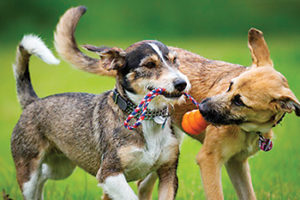


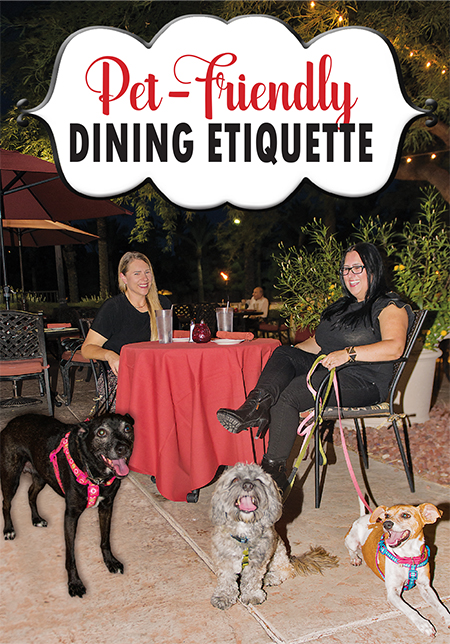
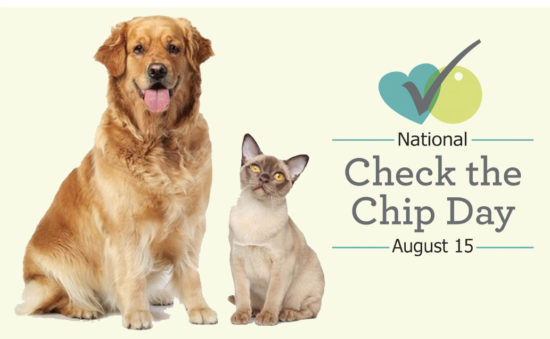
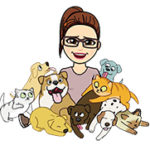 Alexa Rabini is Pet Care Consultant at Pets of Las Vegas.
Alexa Rabini is Pet Care Consultant at Pets of Las Vegas.  When you picture your garage, what do you see? Sharp objects? Heavy machinery? Hazardous and flammable materials? Do you envision a safe environment for your pets to be in? Would you keep your pet in a garage for any period of time, or would you worry for their safety and health?
When you picture your garage, what do you see? Sharp objects? Heavy machinery? Hazardous and flammable materials? Do you envision a safe environment for your pets to be in? Would you keep your pet in a garage for any period of time, or would you worry for their safety and health? Celebrating Presidents’ Day
Celebrating Presidents’ Day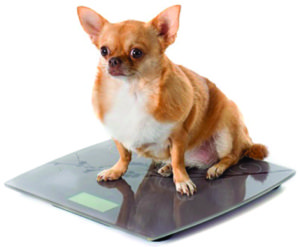 Have you noticed some signs of weight gain – clothes getting a little tighter, getting “winded” climbing stairs, flunked the “pinch an inch” test? As humans, we know what these signs mean and can choose to take corrective dietary and lifestyle steps to reduce our weight. Unfortunately, our pets are dependent on us to help them maintain a healthy weight. Overweight and obese pets can suffer from joint problems and arthritis; develop diabetes, and can experience increased susceptibility to heat stroke. Obesity in pets reduces quality of life ad shortens their lifespan.
Have you noticed some signs of weight gain – clothes getting a little tighter, getting “winded” climbing stairs, flunked the “pinch an inch” test? As humans, we know what these signs mean and can choose to take corrective dietary and lifestyle steps to reduce our weight. Unfortunately, our pets are dependent on us to help them maintain a healthy weight. Overweight and obese pets can suffer from joint problems and arthritis; develop diabetes, and can experience increased susceptibility to heat stroke. Obesity in pets reduces quality of life ad shortens their lifespan.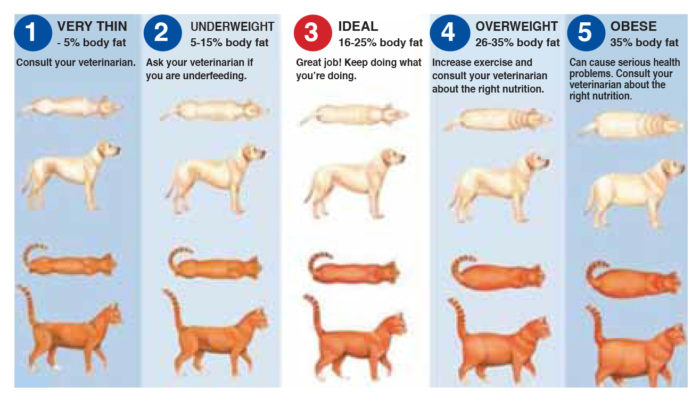
 Do you love the sound of Meow or Woof?
Do you love the sound of Meow or Woof?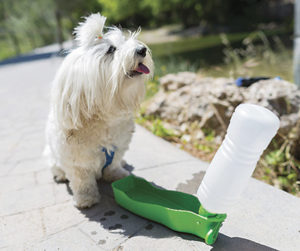
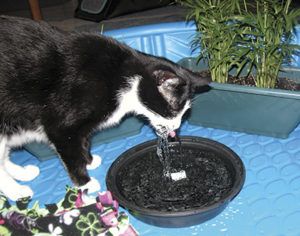
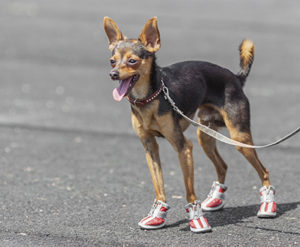

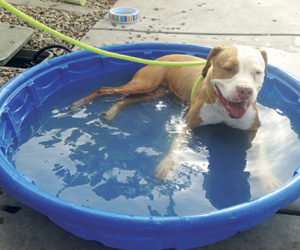
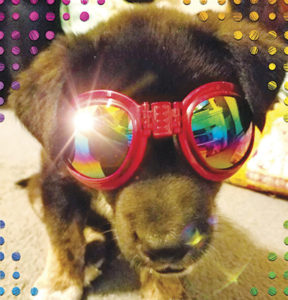
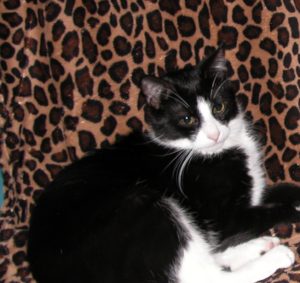 Let me share a little bit about Rowdy. He was described by the cat rescue as a little “love bug” who loves to snuggle as fiercely as he loves to play. He’s a jumper and loves to flip his body in the air when he plays. He has dog-like characteristics like fetching and chasing toys. Orphaned as a young kitten, he was bottle fed and fostered by a family who had two young boys.
Let me share a little bit about Rowdy. He was described by the cat rescue as a little “love bug” who loves to snuggle as fiercely as he loves to play. He’s a jumper and loves to flip his body in the air when he plays. He has dog-like characteristics like fetching and chasing toys. Orphaned as a young kitten, he was bottle fed and fostered by a family who had two young boys. Another popular cat is the Ginger Tabby. This cat is not a breed either but a color coat pattern. They are also called orange tables. They are usually easy going and friendly, they like to be stroked and petted but dislike being held and cuddled. This fits my older cat, Solomon, perfectly. He is my sensitive, shy gentleman. He loves to lie beside me but hates it when I try to pick him up to hold him. At first, I thought Solomon was having problems bonding with me because of trust issues. I adopted him after his second rehoming experience. I expected him to become more huggable after a period of adjustment. Recognizing that it was probably due to his nature rather than a bonding failure helped me relax and enjoy this handsome companion cat without putting unrealistic expectations on him.
Another popular cat is the Ginger Tabby. This cat is not a breed either but a color coat pattern. They are also called orange tables. They are usually easy going and friendly, they like to be stroked and petted but dislike being held and cuddled. This fits my older cat, Solomon, perfectly. He is my sensitive, shy gentleman. He loves to lie beside me but hates it when I try to pick him up to hold him. At first, I thought Solomon was having problems bonding with me because of trust issues. I adopted him after his second rehoming experience. I expected him to become more huggable after a period of adjustment. Recognizing that it was probably due to his nature rather than a bonding failure helped me relax and enjoy this handsome companion cat without putting unrealistic expectations on him.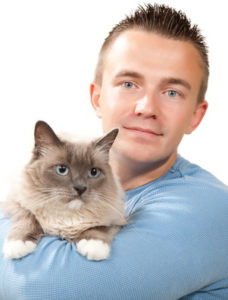
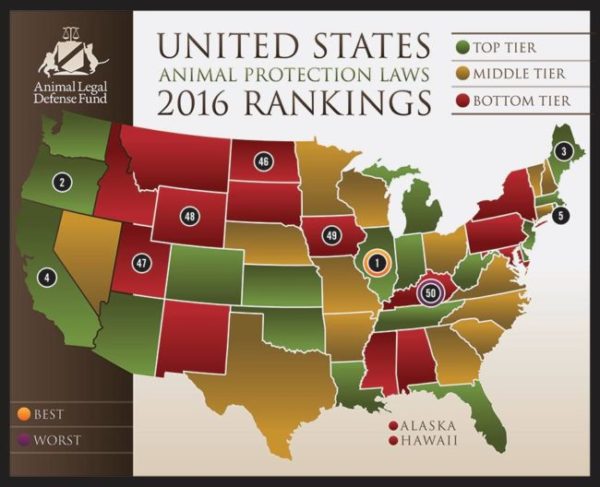

 Brr! Baby, it’s cold outside! Even in Las Vegas we can experience some very cold weather especially at night. Before going outside most people check the weather and dress accordingly. Dogs are unable to check the weather. Yes, they have fur coats but dogs that are outdoors for any length of time need extra protection against the cold. The temperature can feel worse than what the thermometer reads – check the temperature and the wind chill factor to determine what your dog needs to stay warm this winter.
Brr! Baby, it’s cold outside! Even in Las Vegas we can experience some very cold weather especially at night. Before going outside most people check the weather and dress accordingly. Dogs are unable to check the weather. Yes, they have fur coats but dogs that are outdoors for any length of time need extra protection against the cold. The temperature can feel worse than what the thermometer reads – check the temperature and the wind chill factor to determine what your dog needs to stay warm this winter.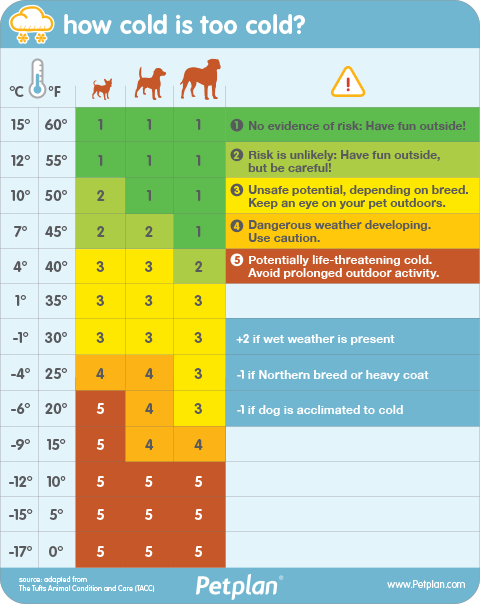
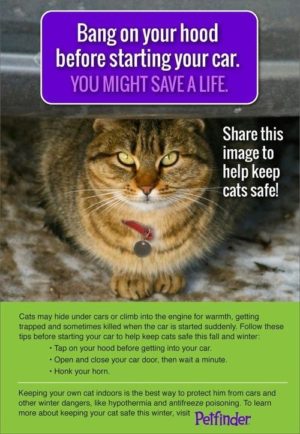 Cats & Cars: The warmth of a car’s motor is tempting to outdoor animals, especially cats. Tap your car’s hood a few times and wait a few minutes before starting your car. This extra precaution may save the life of a cat or a litter of kittens!
Cats & Cars: The warmth of a car’s motor is tempting to outdoor animals, especially cats. Tap your car’s hood a few times and wait a few minutes before starting your car. This extra precaution may save the life of a cat or a litter of kittens!